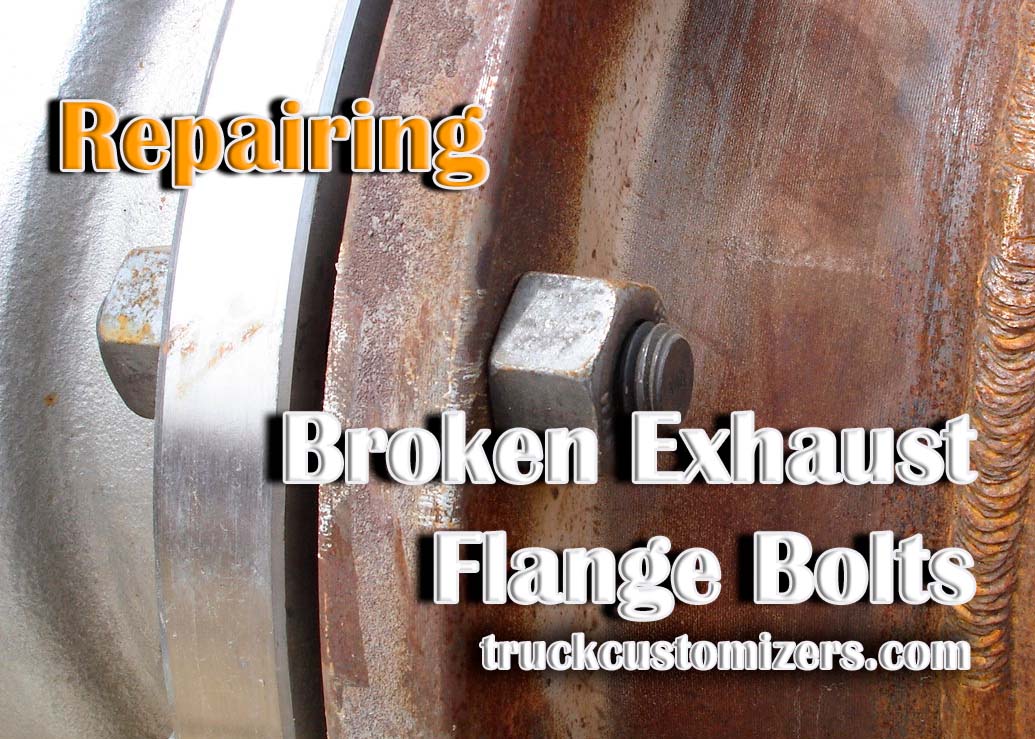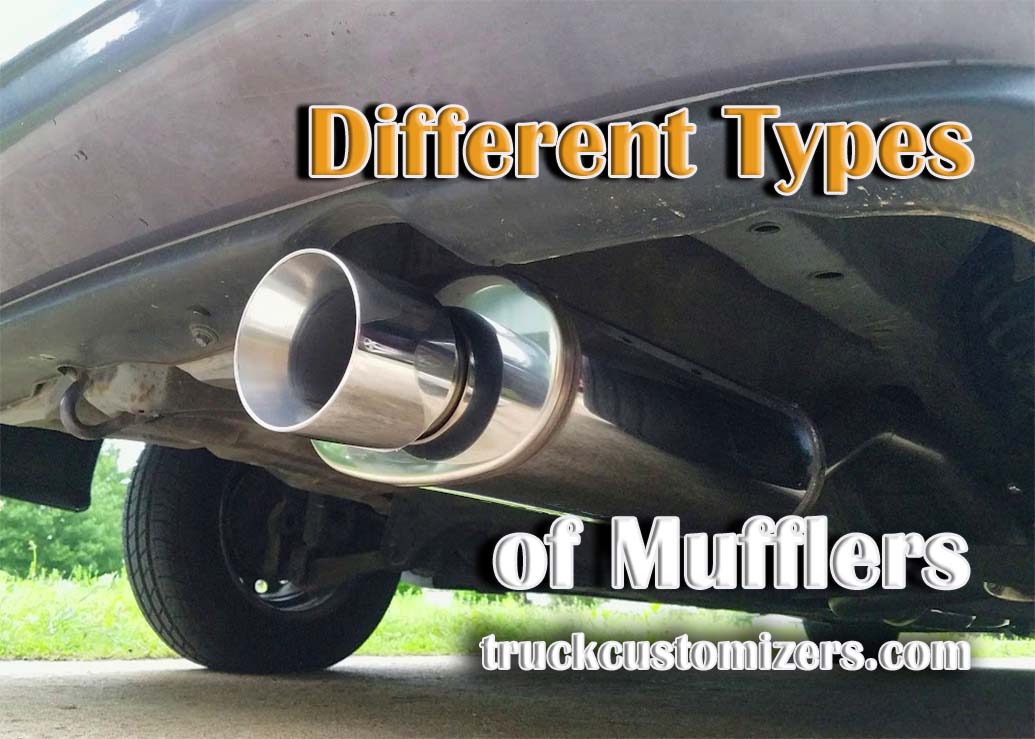Did you know that broken exhaust flange bolts are responsible for up to 80% of exhaust leaks in vehicles? These relatively minor parts are vital in upholding the structural integrity of your vehicle’s exhaust system. When these bolts break, they can lead to disruptive leaks and a decline in engine performance. For the best performance of your exhaust system, it’s crucial to quickly fix any damaged exhaust flange bolts. In this post, we’ll delve into the importance of these often overlooked parts and explore the key steps involved in repairing them effectively.
Causes of Broken Exhaust Flange Bolts
Broken exhaust flange bolts often stem from a combination of factors that contribute to their failure. One primary cause is corrosion, a result of exposure to harsh environmental elements like moisture, salt, and chemicals, which weaken the metal over time. Another contributing factor is the constant heating and cooling cycles the exhaust system undergoes, leading to metal fatigue. This repeated thermal expansion and contraction can cause bolts to crack and eventually break.
Additionally, over-tightening during installation can place excessive stress on the bolts, predisposing them to breakage. In some instances, vibrations from the engine and exhaust system can lead to a loosening of the bolts, which, if not addressed, can result in breakage due to the increased stress from unsecured movement. Lastly, age and general wear and tear also play a significant role, as older bolts are more likely to have undergone corrosion and stress, making them more susceptible to breaking.
Diagnosing Broken Exhaust Flange Bolts
If your vehicle is emitting strange noises or smells, these could be indications of broken exhaust flange bolts. To confirm this, you’ll first need to inspect the area for any visible signs of damage. If present, these signs may include corrosion or cracks in the flanges or bolts themselves. Additionally, if you feel a lot of play when attempting to move the bolt by hand, then it’s likely that it has become loose and needs to be tightened or replaced. It’s also important to check for any gas leaks around the area in question, as these can cause a significant decline in performance and are often indicative of broken exhaust flange bolts. Also read about Best Exhaust System for Toyota Tacoma.
Repairing Broken Exhaust Flange Bolts
If you’ve confirmed that there are indeed broken exhaust flange bolts present, then you’ll need to take steps to address them. The easiest course of action is simply replacing them with new ones since this eliminates potential complications related to trying to loosen and tighten them properly again. However, if you choose to do so yourself rather than taking your car to a professional mechanic, make sure that you use the correct size and length of bolt for your model year and engine type for optimal results. Additionally, when removing old bolts from their housing make sure not to use too much force; otherwise, they may break off completely in their housing making extraction even harder or impossible.
Once all new bolts have been installed correctly with anti-seize lubricant applied as needed on threads and washers (if applicable) reinstall all components such as heat shields and other sealing parts ensuring no leaks are present at installation areas then start the engine up listening for any more unusual sounds from front/exhaust manifold area confirming repair was successful.
Conclusion
Broken exhaust flange bolts can be a significant source of trouble in your vehicle if not addressed quickly. The causes for these failures are typically related to corrosion, metal fatigue, or improper installation. It’s essential to inspect the area thoroughly for any signs of damage and gas leaks. If present, then you’ll need to replace the broken bolts with new ones of the correct size and length. Make sure to use anti-seize lubricant on threads and washers as needed during installation and double-check that all components are securely fastened before starting your engine again. By diligently maintaining and caring for your vehicle’s exhaust system, you can guarantee its peak functioning and performance!



